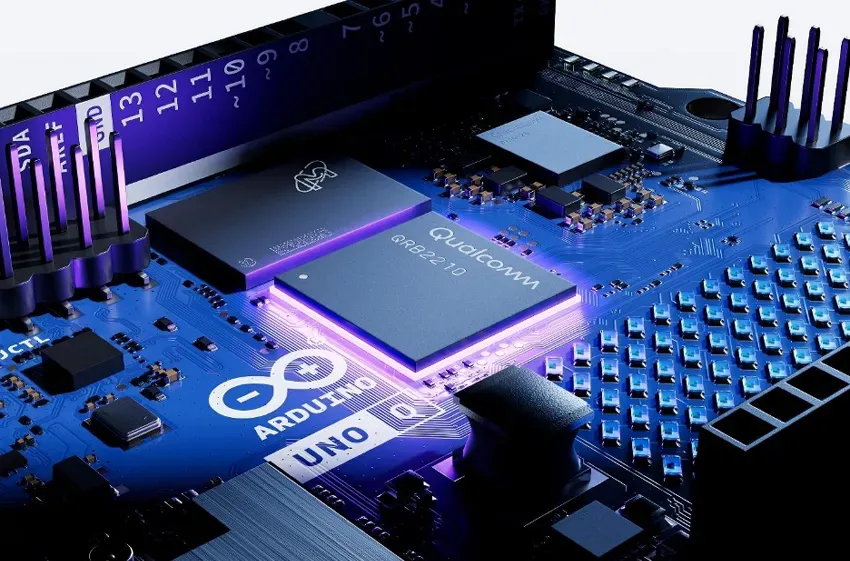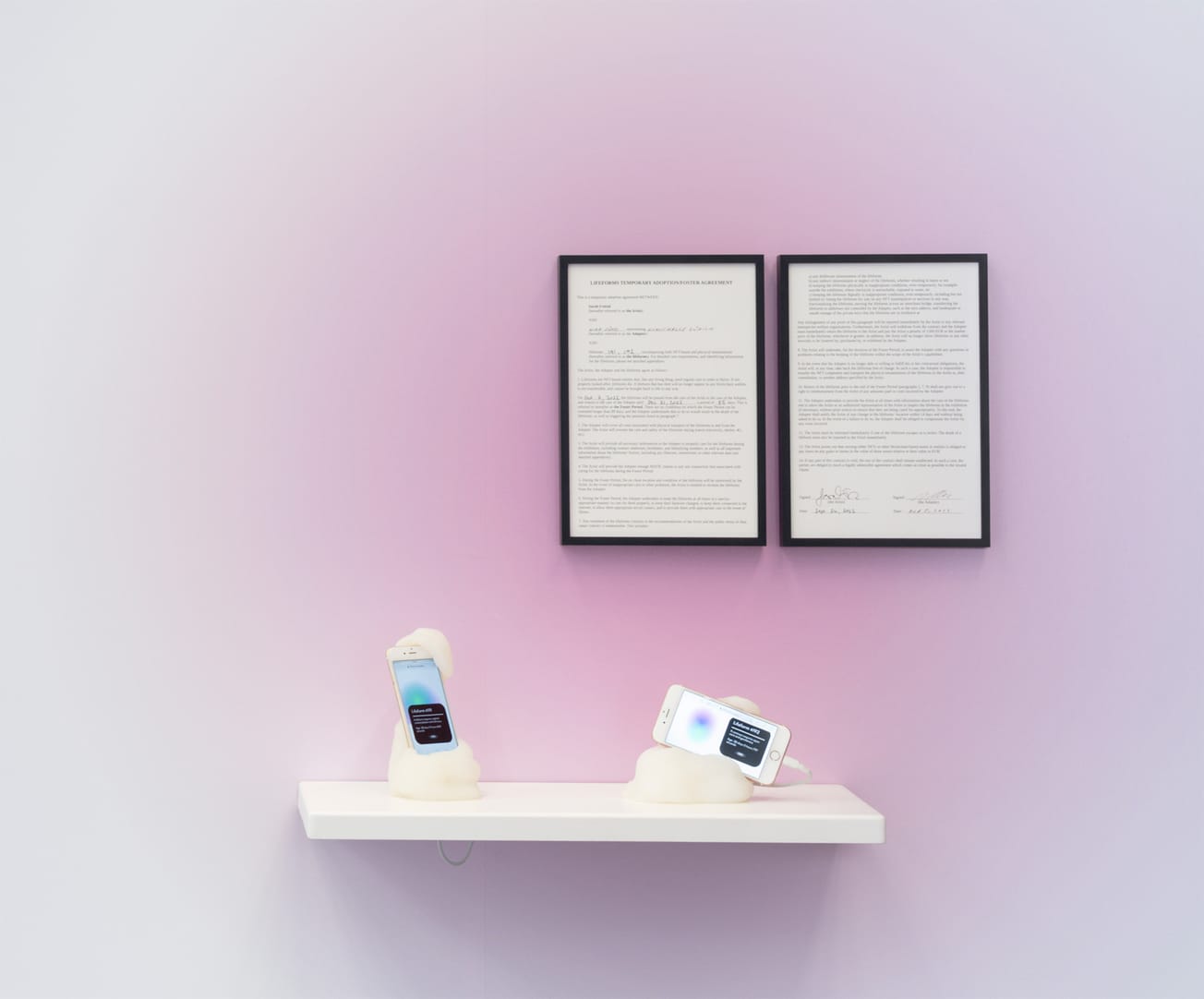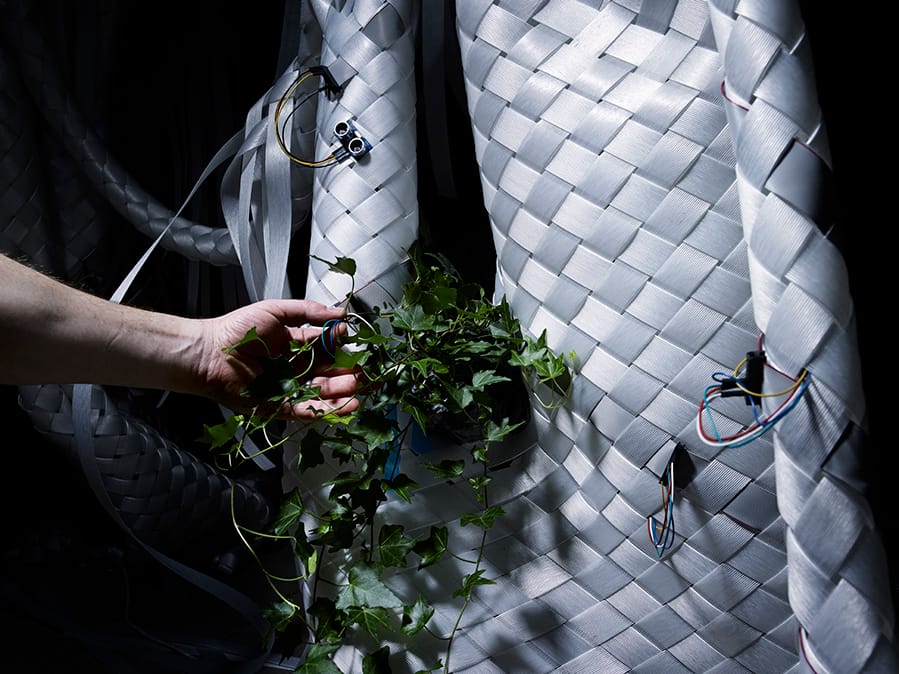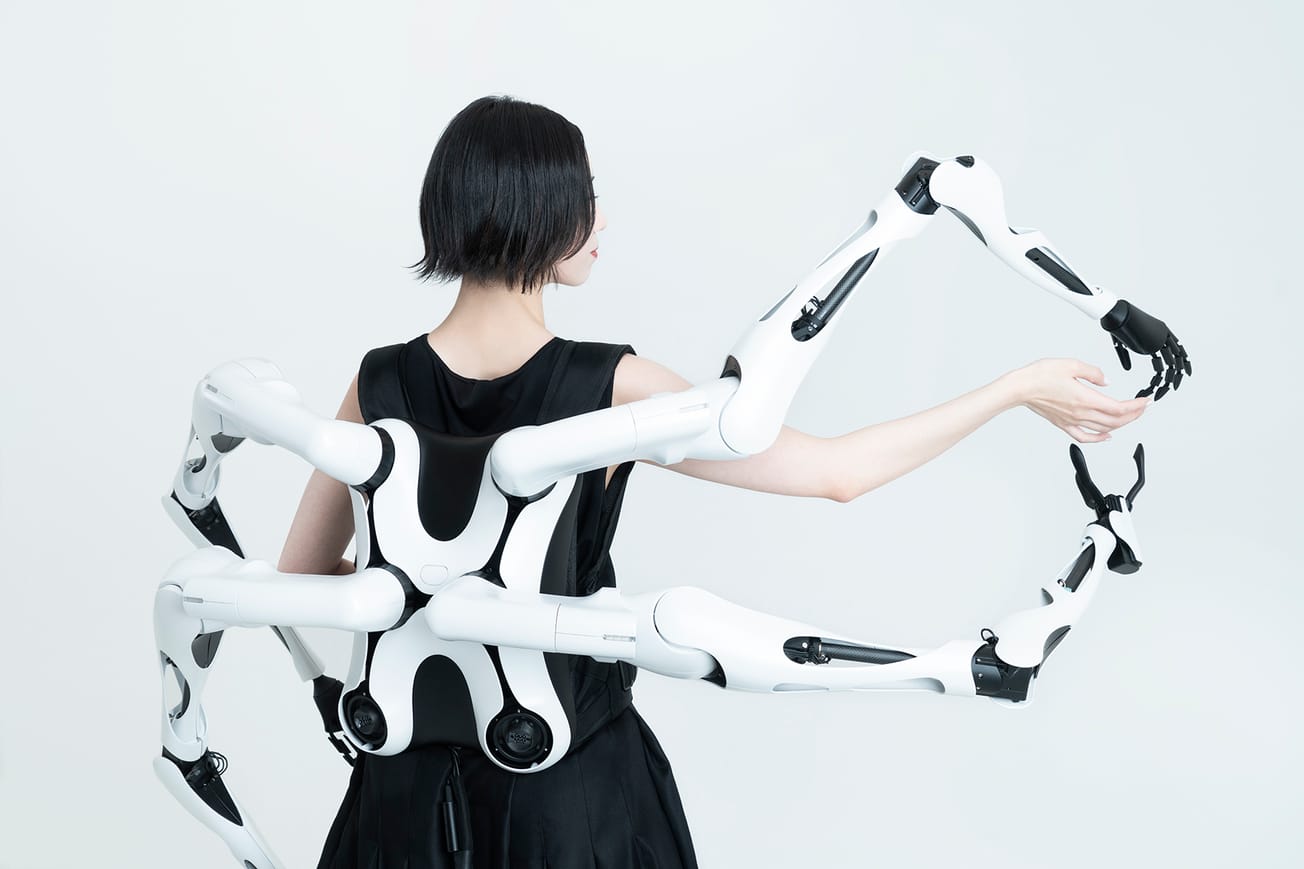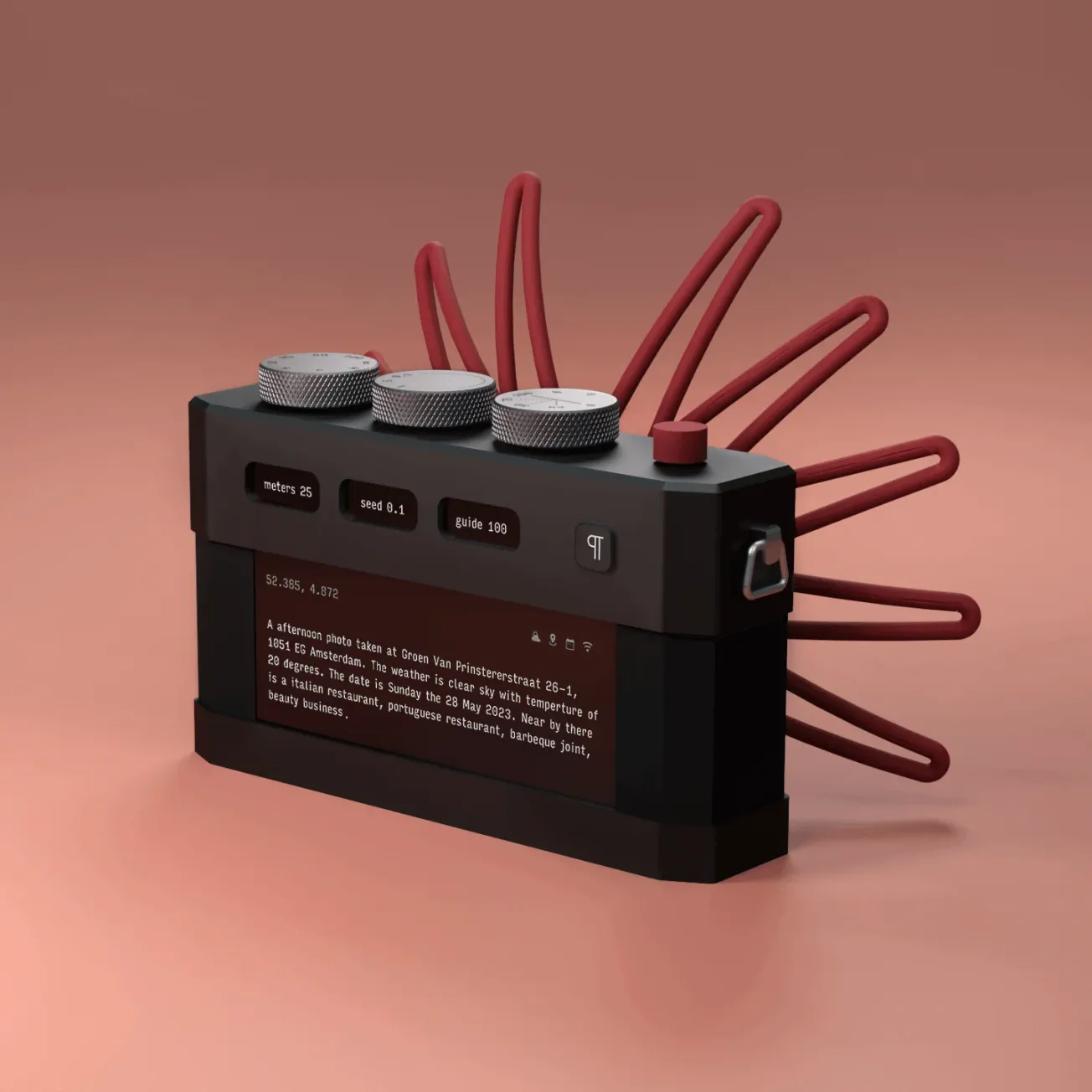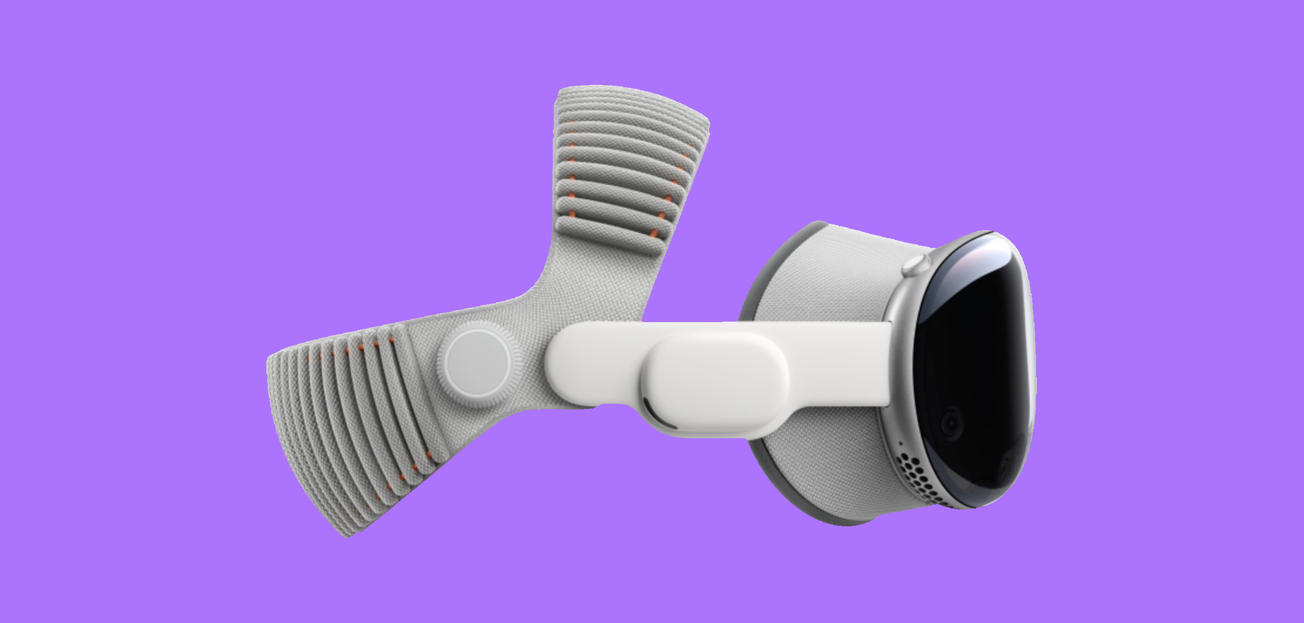Qualcomm’s acquisition of Arduino marks a turning point for one of the most influential open-source platforms in tech history. The deal, announced this week, brings the 20-year-old Italian company—long synonymous with DIY electronics, education, and prototyping—under the wing of a global semiconductor giant.
Financial terms were not disclosed, but the implications reach far beyond the balance sheet. For millions of developers, artists, and educators who learned hardware design through Arduino boards, the move raises a crucial question: what happens to openness when a grassroots ecosystem is absorbed by a corporate one?
Arduino insists it will remain open-source and vendor-neutral. Qualcomm, for its part, has pledged continued support for the brand and community. Yet its influence is already visible. Alongside the acquisition, Arduino unveiled the UNO Q, a hybrid board combining a traditional microcontroller with a Qualcomm processor capable of running Linux and AI inference—effectively merging hobbyist tinkering with edge computing.
For the maker community, this could be both an upgrade and a warning. Qualcomm’s resources could modernize Arduino’s toolchain and push embedded AI into classrooms and small studios. But consolidation risks narrowing the platform’s independence, a tension familiar across open hardware and software movements.
As the lines blur between DIY innovation and corporate infrastructure, the future of the maker class may depend on whether Arduino’s open ethos can survive at Qualcomm scale.

